Preis der Nationalgalerie 2019
© Photo: David von Becker
Award Winner
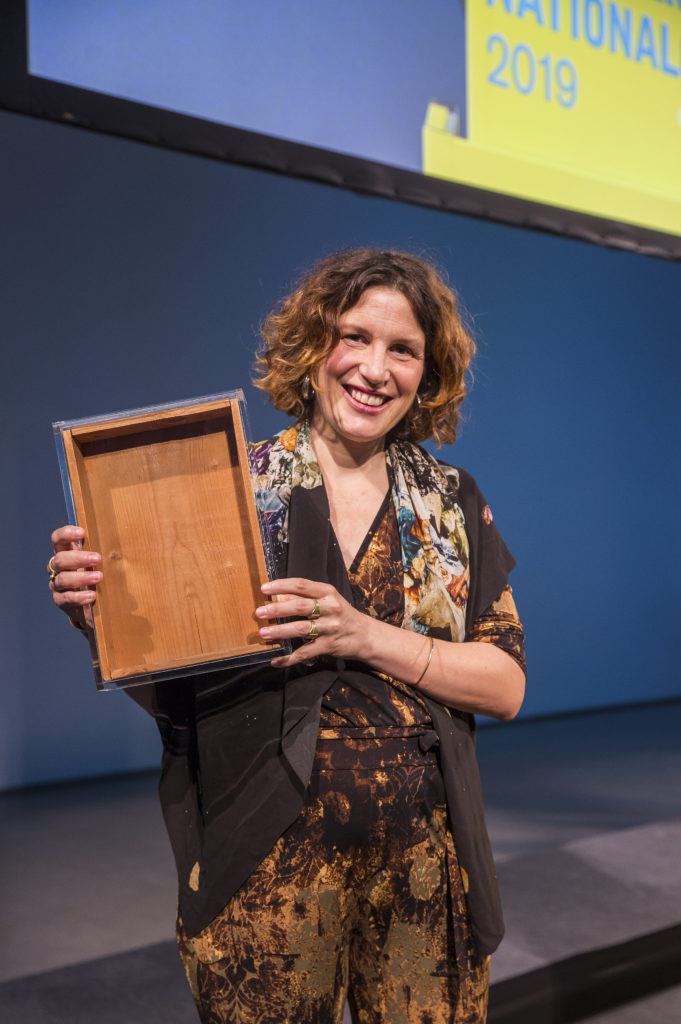
Pauline Curnier Jardin
(born 1980 in Marseille, lives in Berlin)
Jury statement:
After a lively discussion the jury awarded the Preis der Nationalgalerie 2019 to Pauline Curnier Jardin for her work not only in the shortlist exhibition here at the Hamburger Bahnhof but for her practice in its entirety.
The jury grounded its decision on the Preis der Nationalgalerie’s spirit to support the development and encouragement of an artist’s work. The jury especially appreciates Pauline Curnier Jardin’s compelling and emersive filmic and installation work. Not unlike a delirious circus, her work provides an unsettling experience based on the confusion of our time.
The Award Winner Exhibition takes place:
November 20, 2020 – Mai 2, 2021
Hamburger Bahnhof – Museum für Gegenwart – Berlin
Shortlist
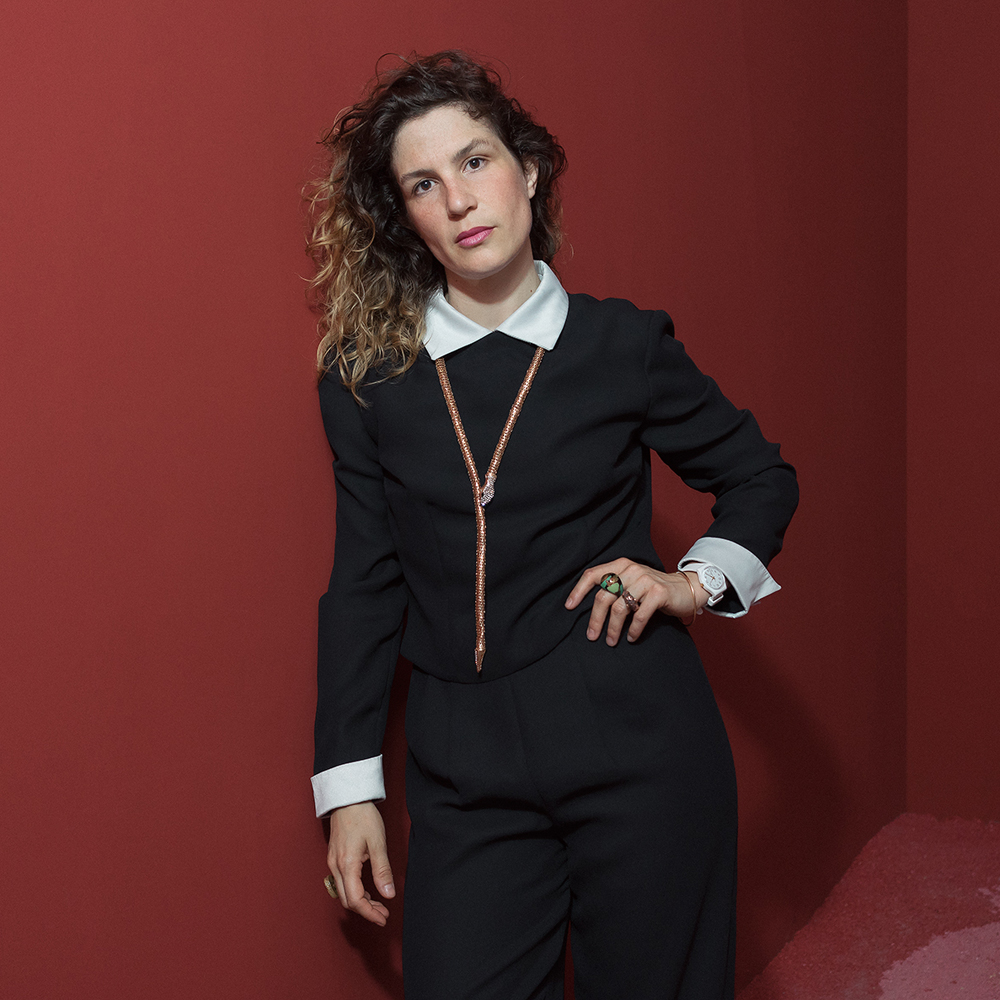
Pauline Curnier Jardin
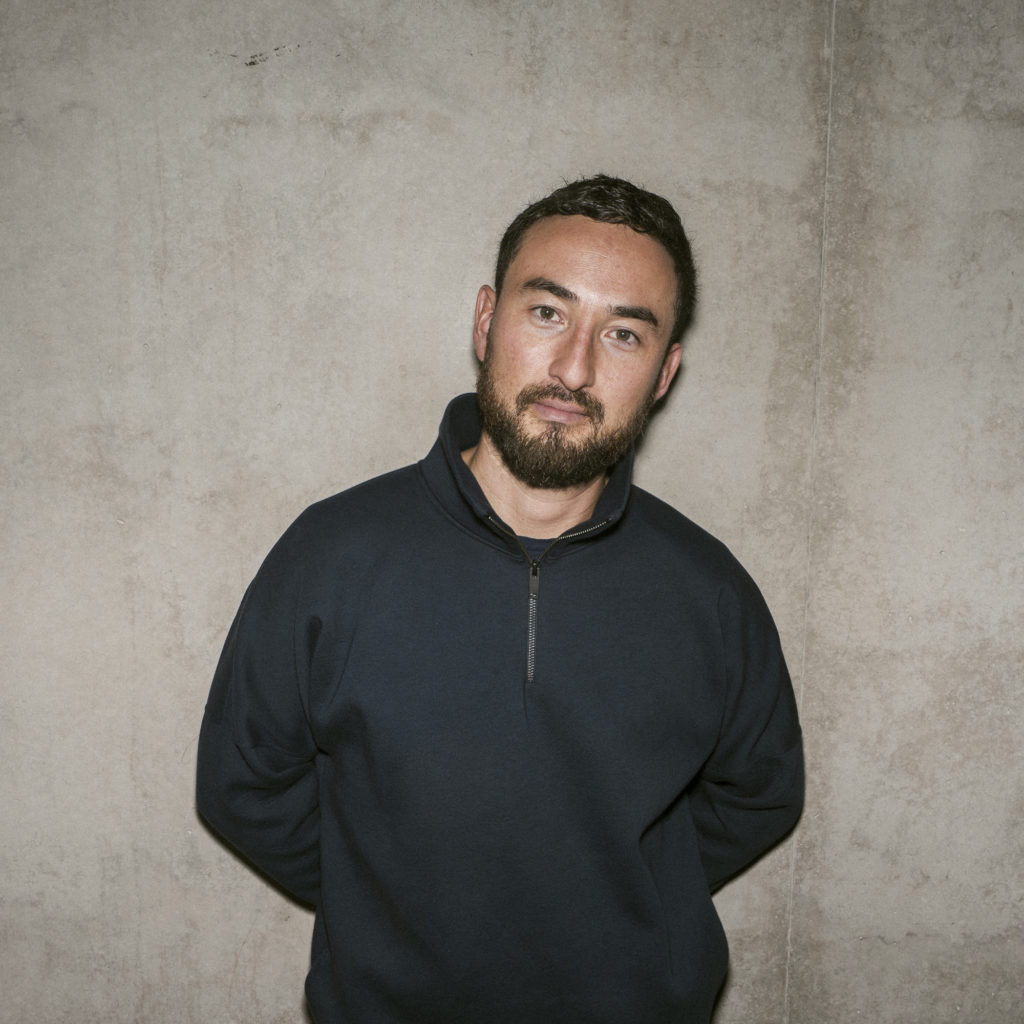
Simon Fujiwara
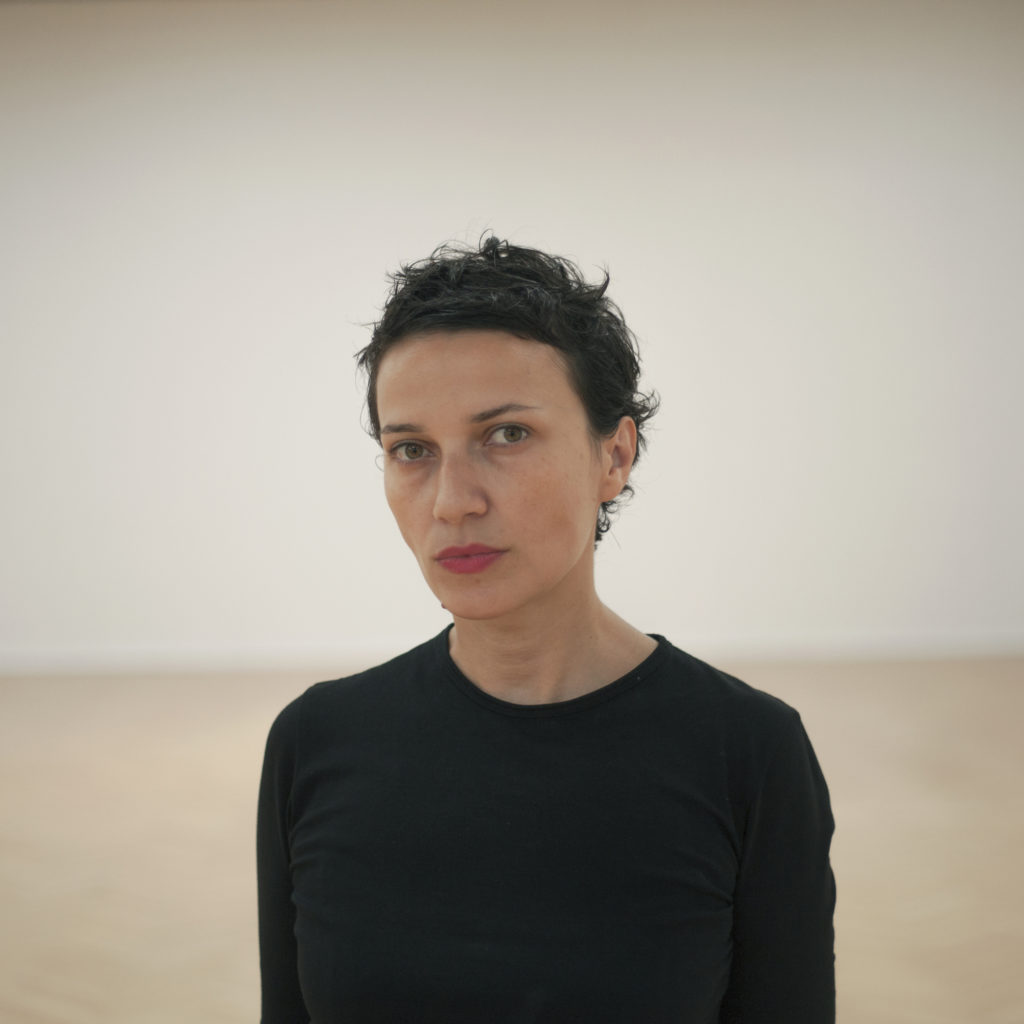
Flaka Haliti
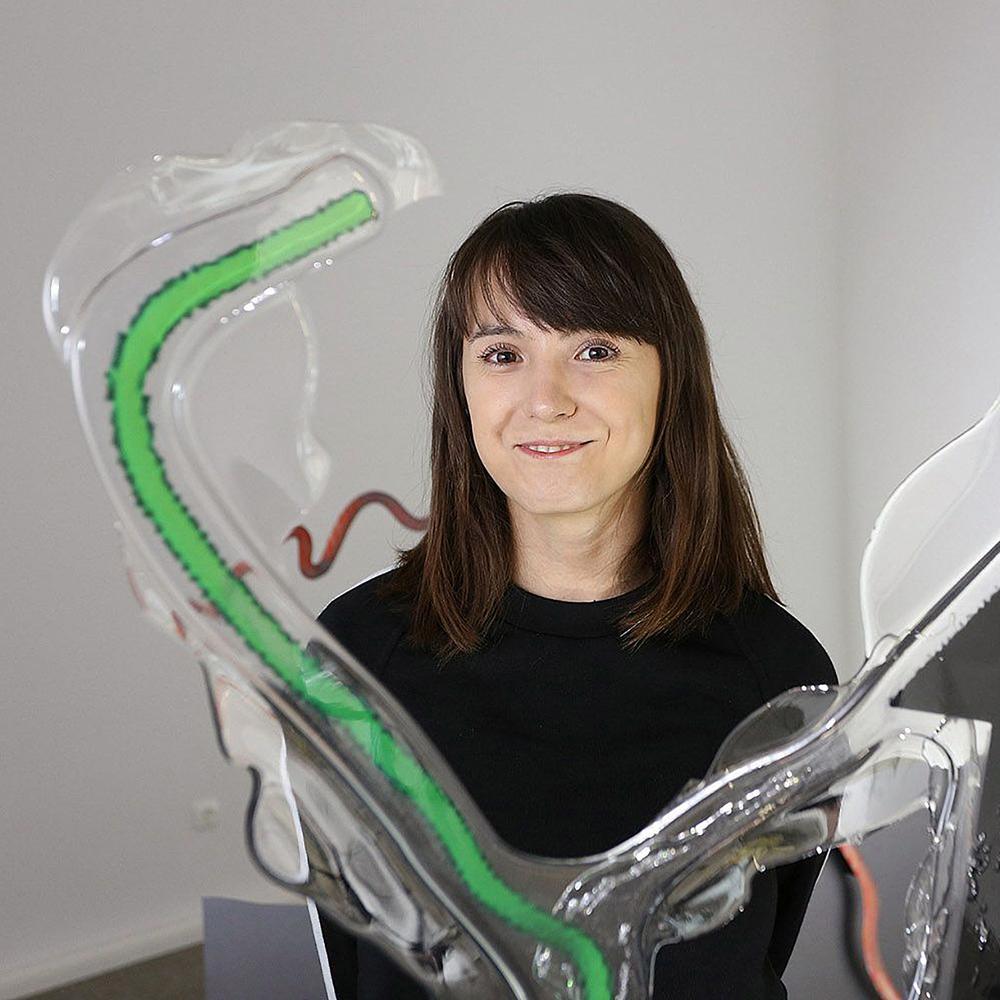
Katja Novitskova
Shortlist Exhibition
August 16, 2019 – February 16, 2020
Hamburger Bahnhof – Museum für Gegenwart – Berlin
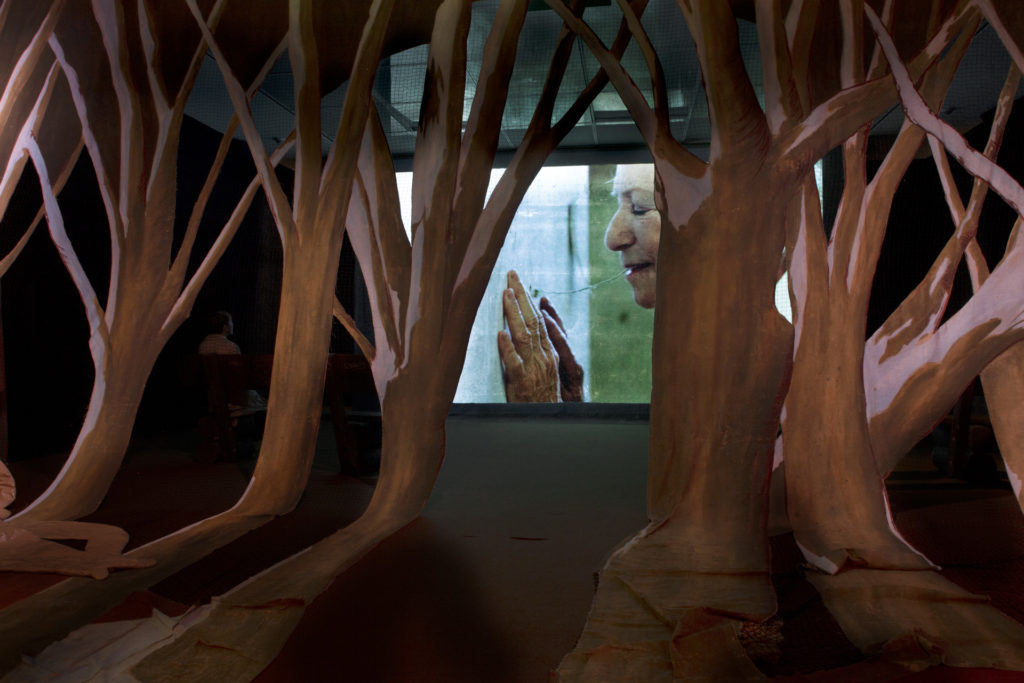
Pauline Curnier Jardin created a stage space with her cross-border artistic approach, combining visual and narrative elements of theatre and narrative cinema. In this walk-in installation, cinematic and sculptural creation intertwined in the artist’s typical way. Her overall composition of the two films Explosion Ma Baby (2016) and the new production Qu’un Sang Impure as well as the sculptural work Peaux de Dame in the Hot Flashes Forrest (2019) created a wild mesh around desire and reproduction.
In the shortlist exhibition, Simon Fujiwara showed a compilation of four works that stem from his investigation of contemporary mass phenomena and their economic, media and socio-political aspects. The very different works made clear how much an emotional component is inherent in these phenomena. The focus was on the video installation Likeness (2018), which is dedicated to the figure of Anne Frank and her media-effective staging and instrumentalisation.
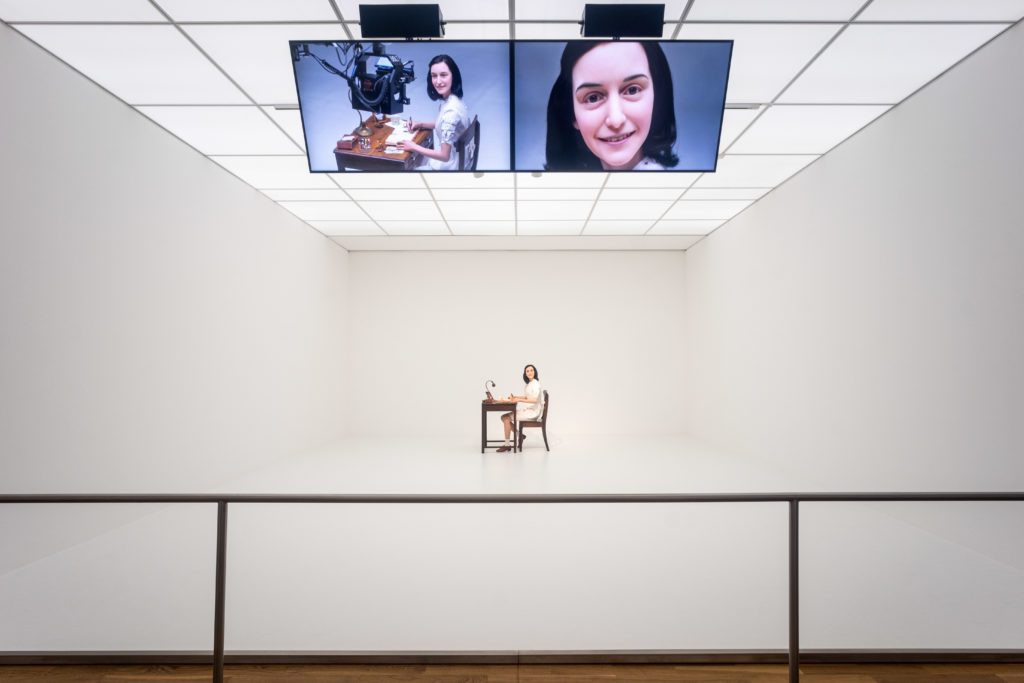
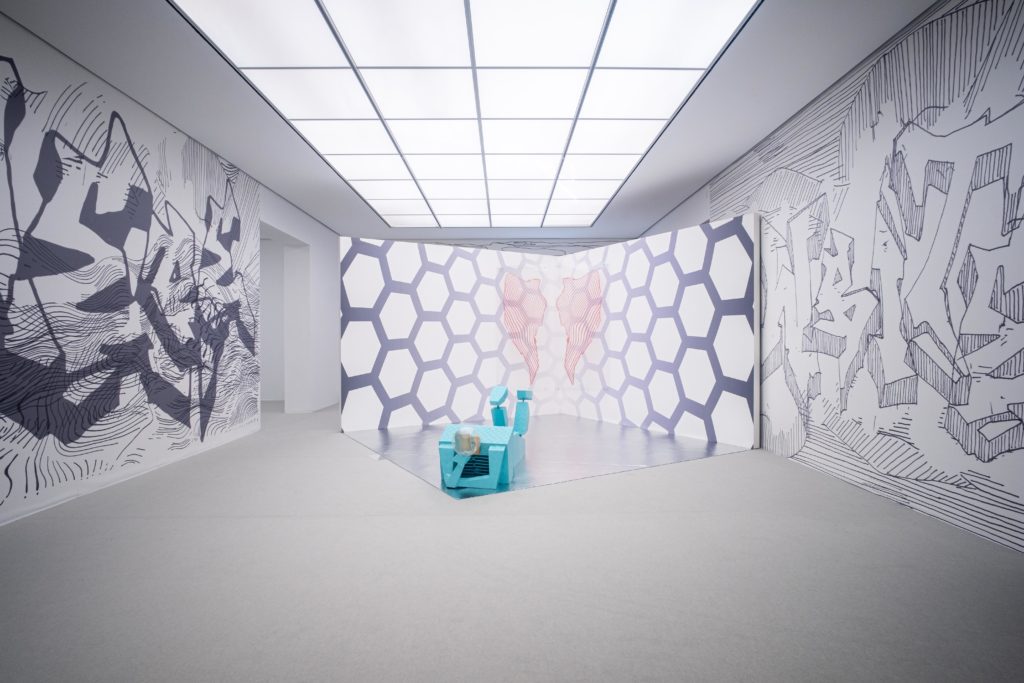
For the exhibition, Flaka Haliti continued her two series of works Its urgency got lost in reverse (while being in constant delay) and Is it you, Joe? The artist juxtaposed two colourful robots in idleness, composed of materials from abandoned KFOR field camps in Kosovo – in other words, the discarded building blocks of a peace process – with the changeable figure of Joe, who has accompanied her since 2015 as an elusive alter ego. In the staging, which designed the entire space, the two convolutions were just as much interlocked with each other as they rubbed against each other.
Katja Novitskova became known as one of the pioneers of an artistic language called “Post-Internet Art”. For the shortlist exhibition, she created a virtuoso, multi-part and multi-layered “environment” of sculptural elements, wall paintings and projections of various kinds. Here, too, the works in the overall installation formed a common, closely interlocking structure. The works are based on Novitskova’s ongoing research into current research in biotechnology and revolve around the question of the future persistence of the organic as a component of technological processes.
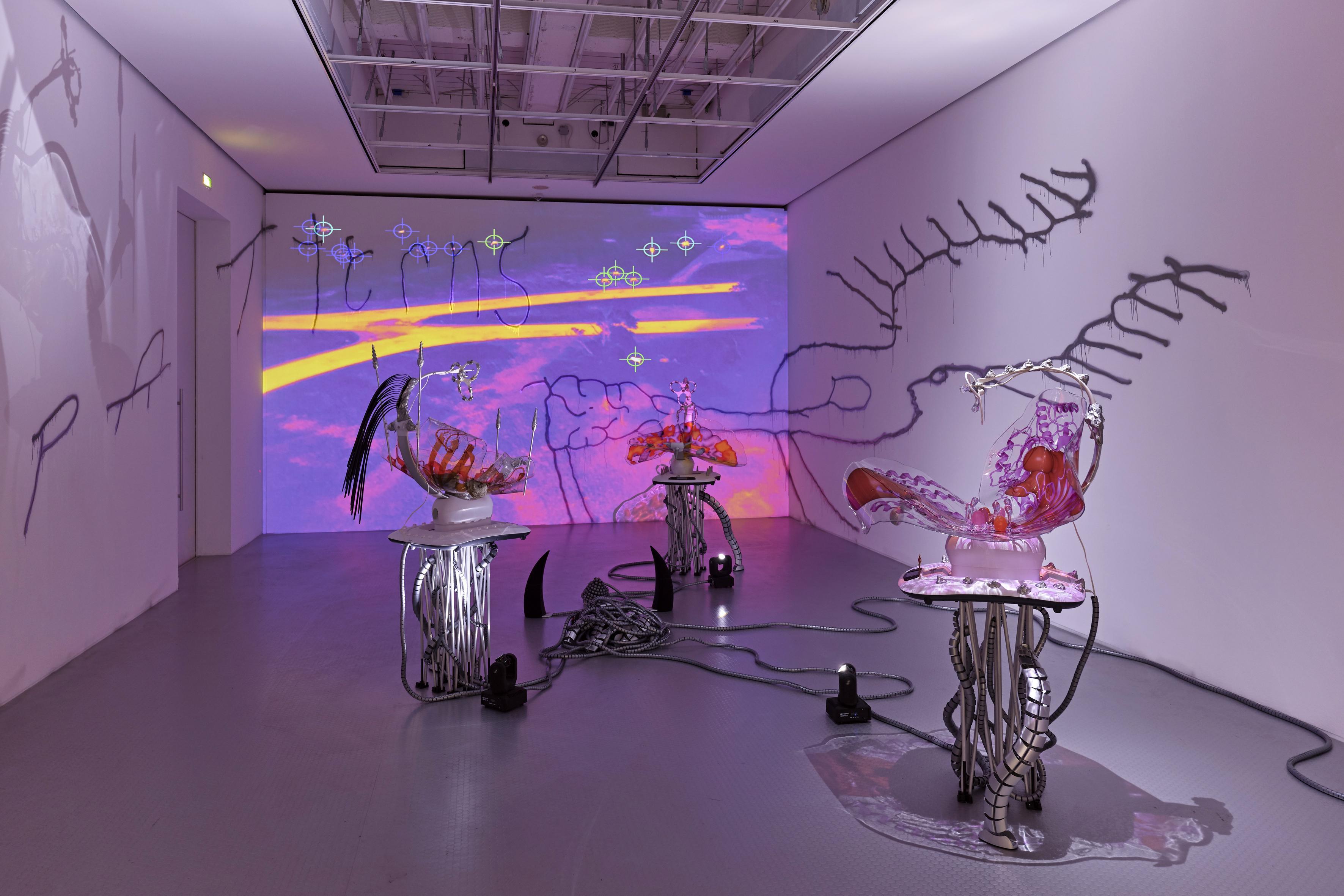
Award Winner Förderpreis für Filmkunst (Award for Cinematography)
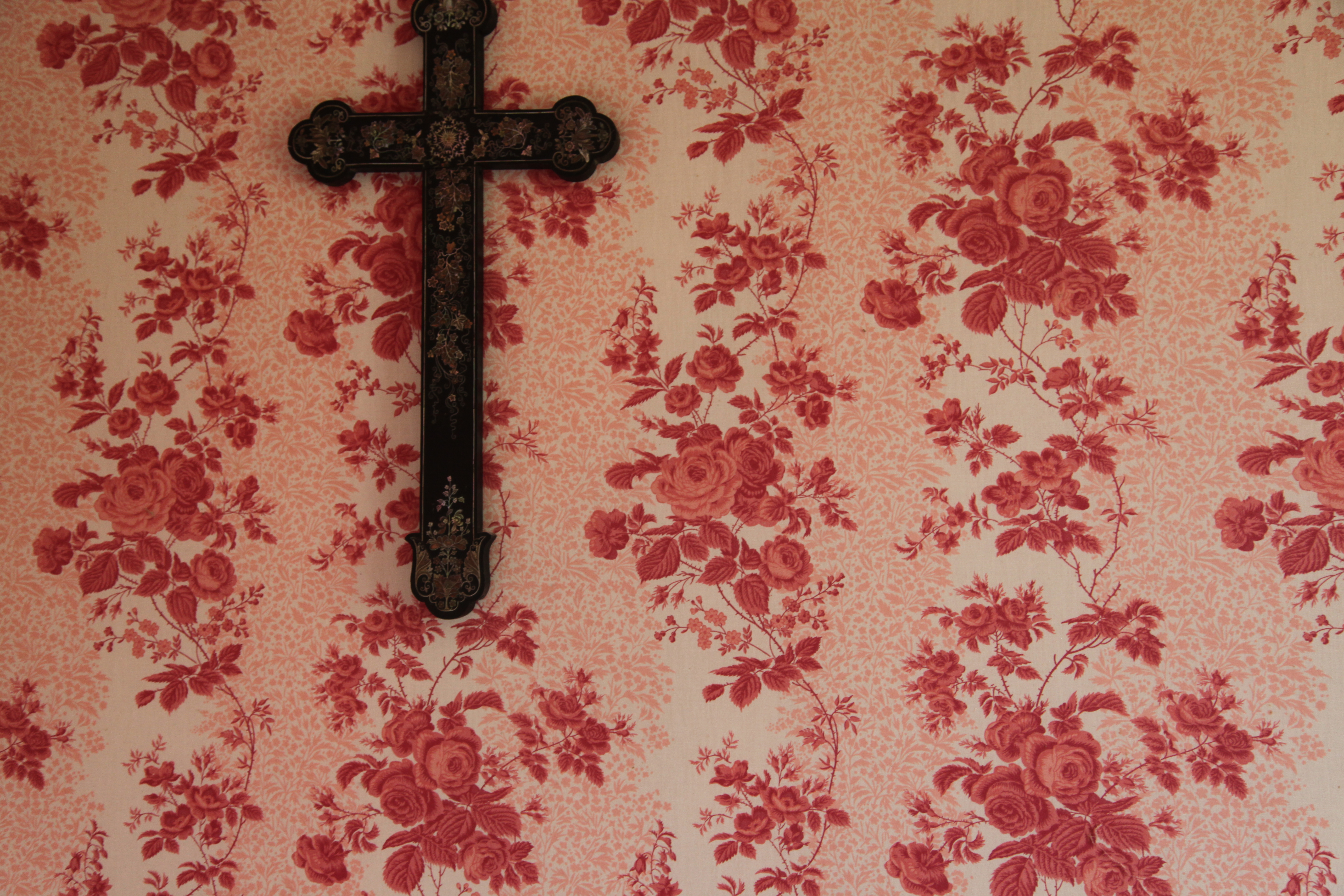
Lucia Margarita Bauer and her film MAMAN MAMAN MAMAN
Jury statement:
In MAMAN MAMAN MAMAN Lucia Margarita Bauer tells an intensely personal story. In a playful way, she creates a documentary portrait and manages to include a surprisingly deep psychological level, in which the question of identity and alleged madness is constantly raised anew. Based on her grandmother’s personal history, she finds herself confronted with her own origins. She discovers the difficulties of life between an extended family, Alzheimer’s disease and the Second World War.
From mobile phone videos and letters, the family’s own photo collection, the family library and the Super 8 films of her grandmother, Lucia Margarita Bauer creates a fascinating, inspiring and associative montage and thereby develops her very own visual language. She convinced the jury with her sense of creativity and the combination of humour and tragedy, through which she captivates the audience. Light-footed and at the same time deeply serious, she succeeds in creating a shimmering and truthful portrait of a woman, a family, a time and a house.
First Jury
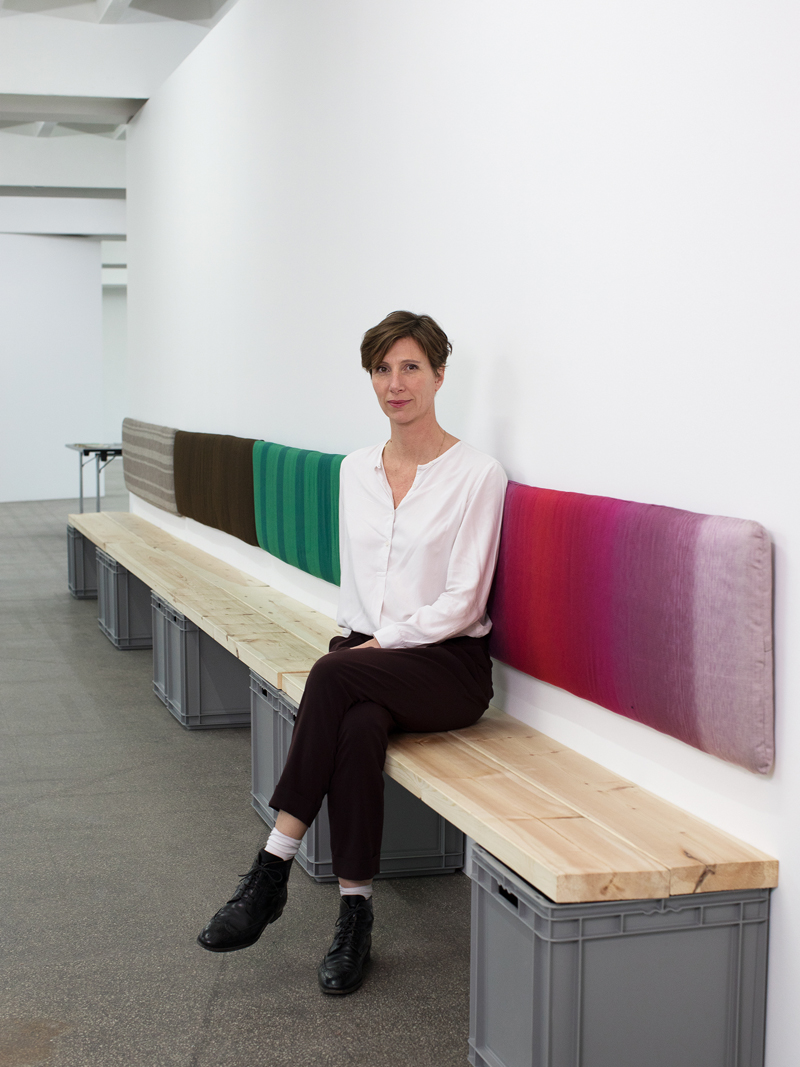
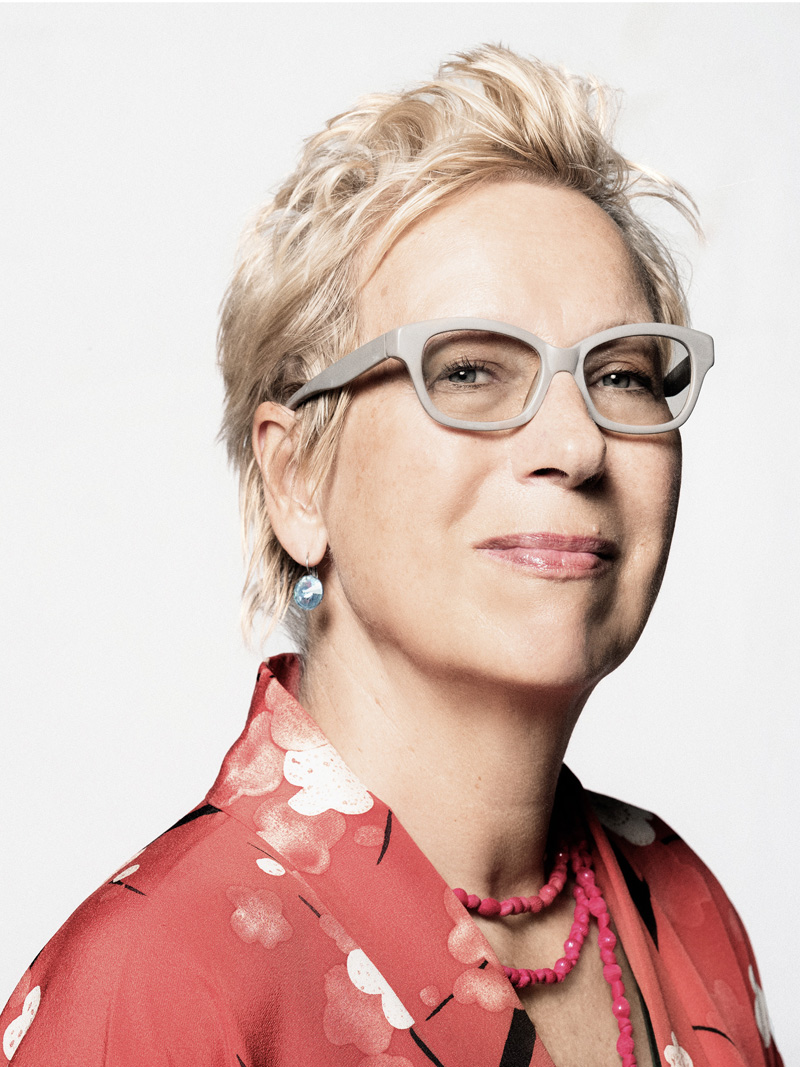
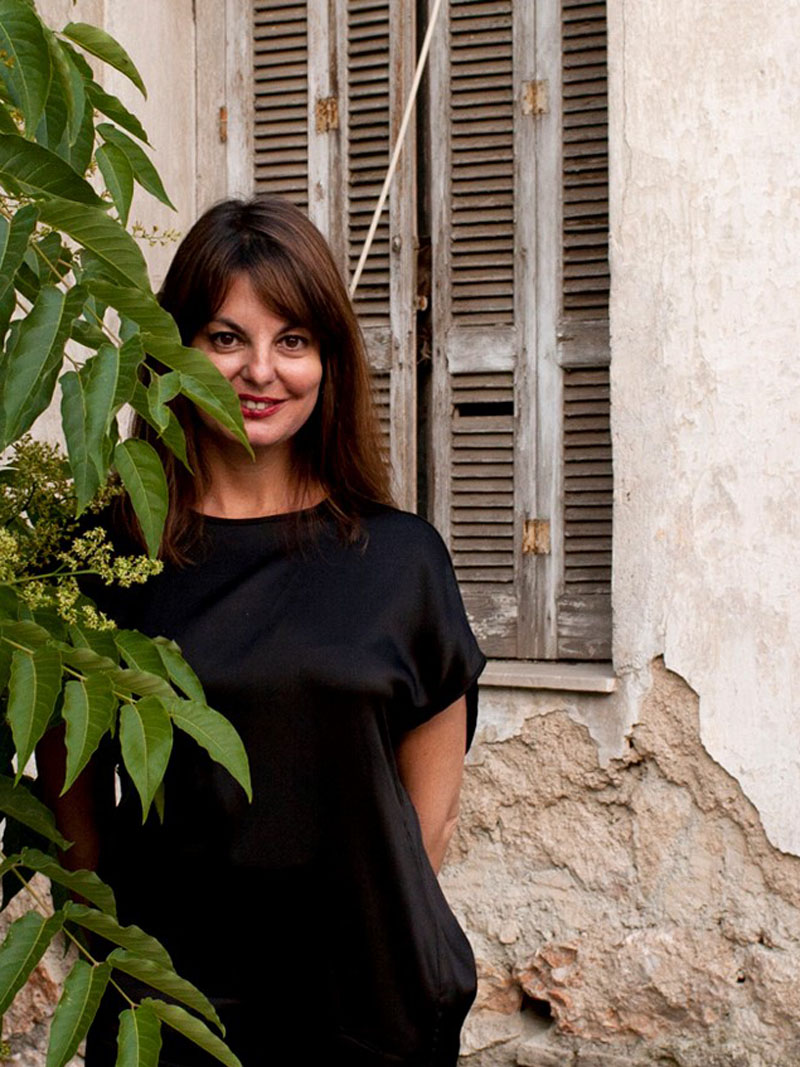
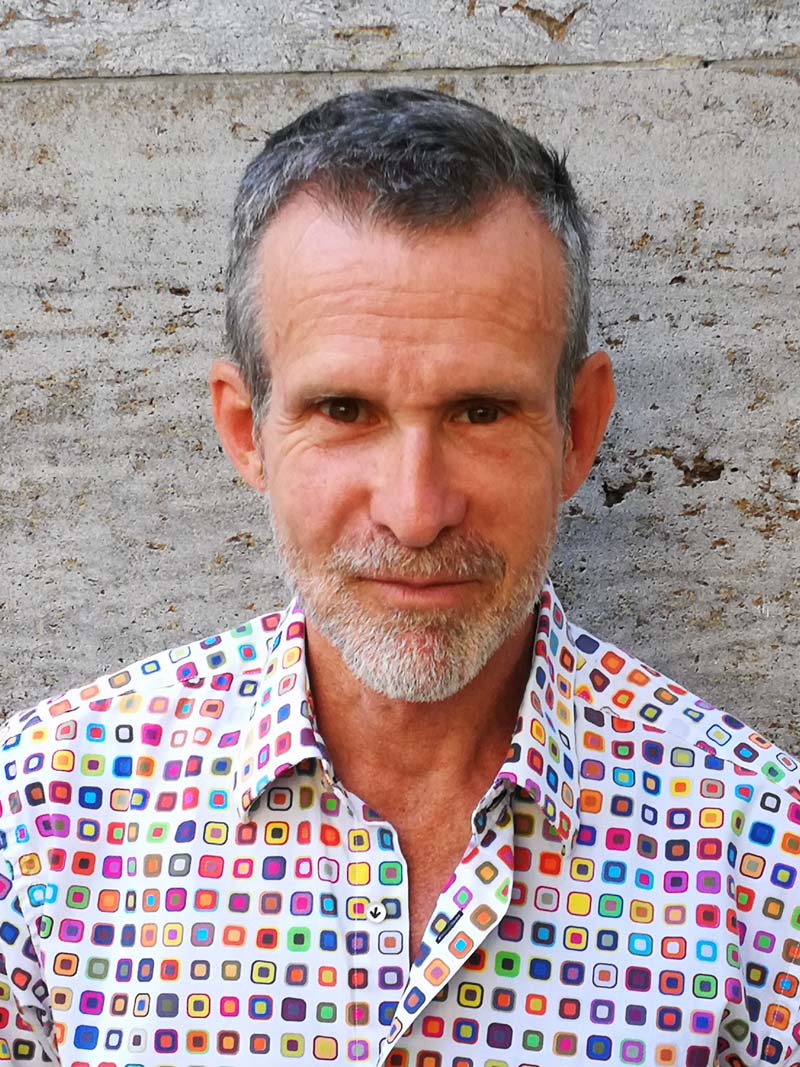
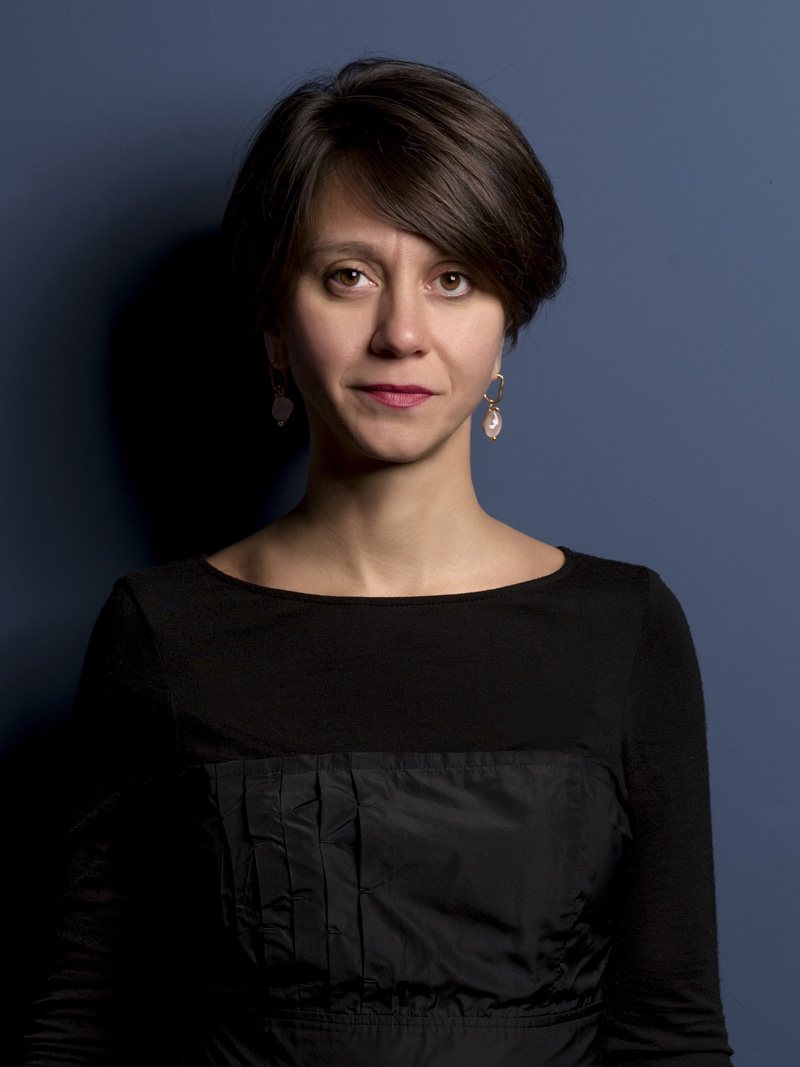
Nikola Dietrich
Doris Dörrie
Marina Fokidis
Ulrich Matthes
Bige Örer
Second Jury
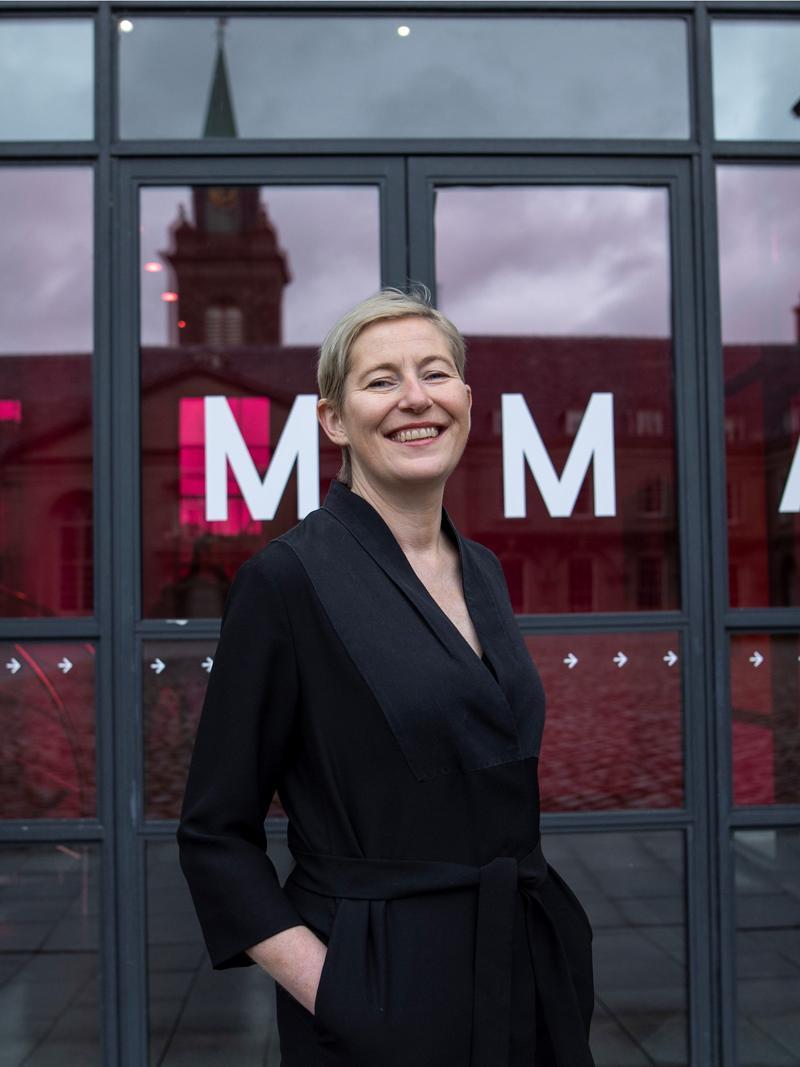
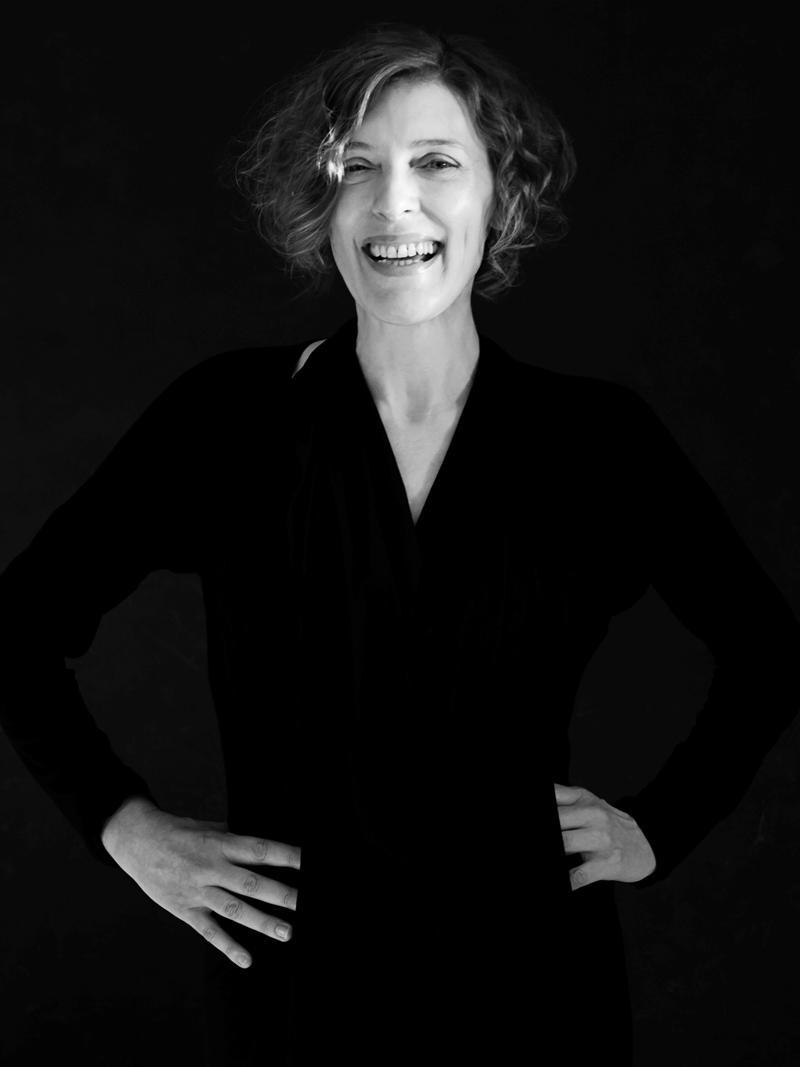
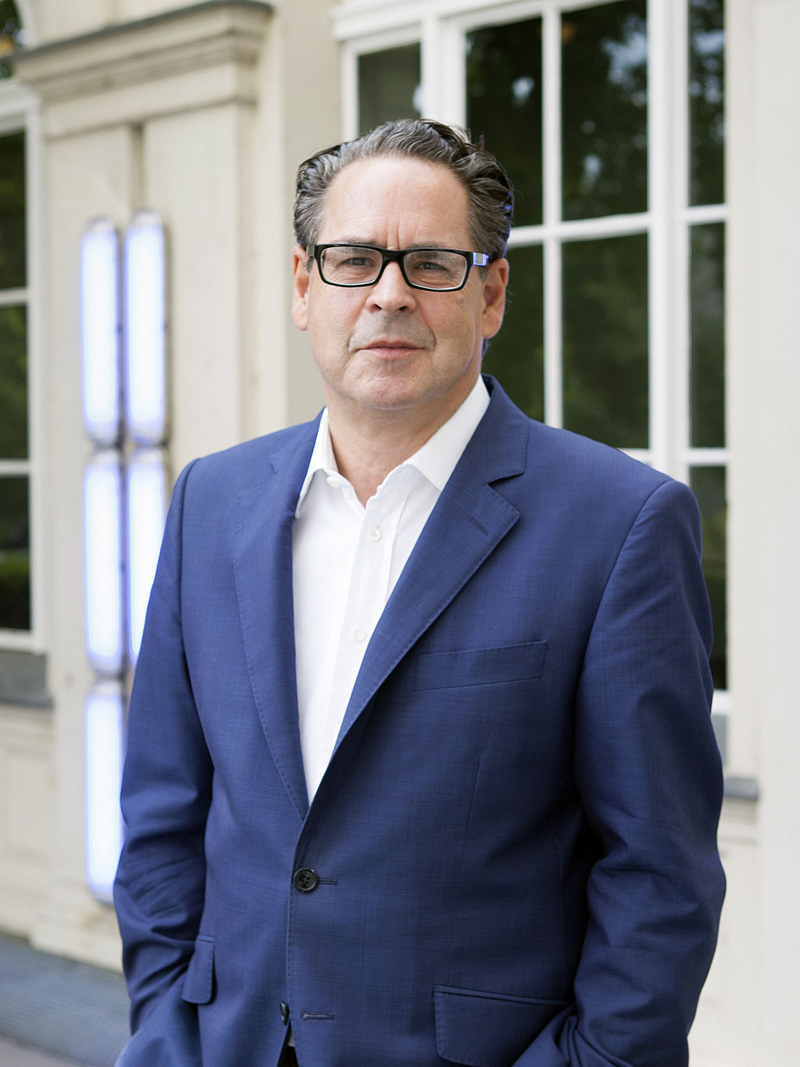
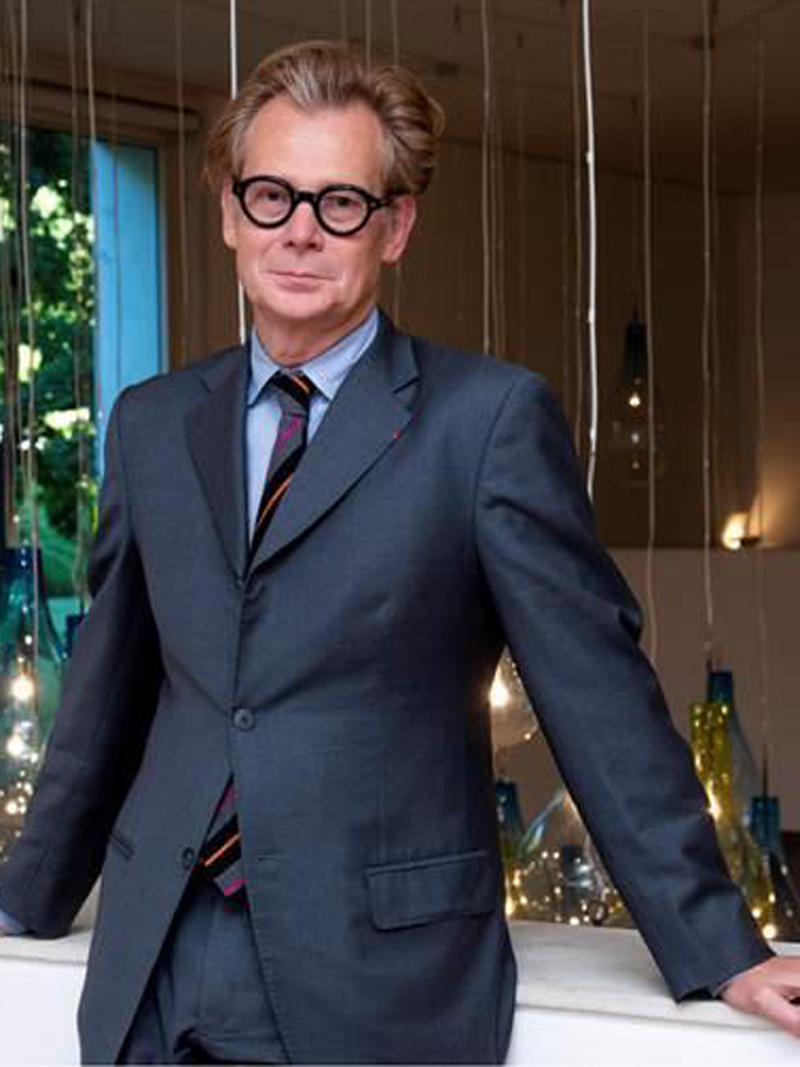
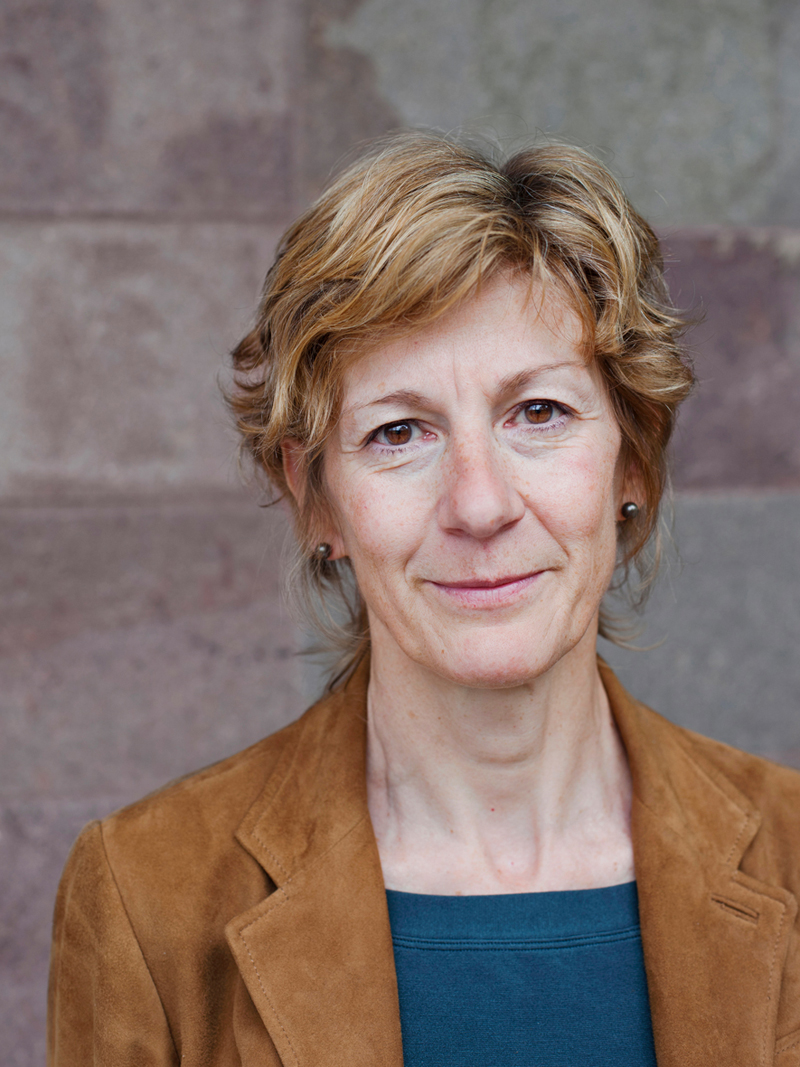
Annie Fletcher
Anna-Catharina Gebbers
Udo Kittelmann
Philippe Vergne
Theodora Vischer
